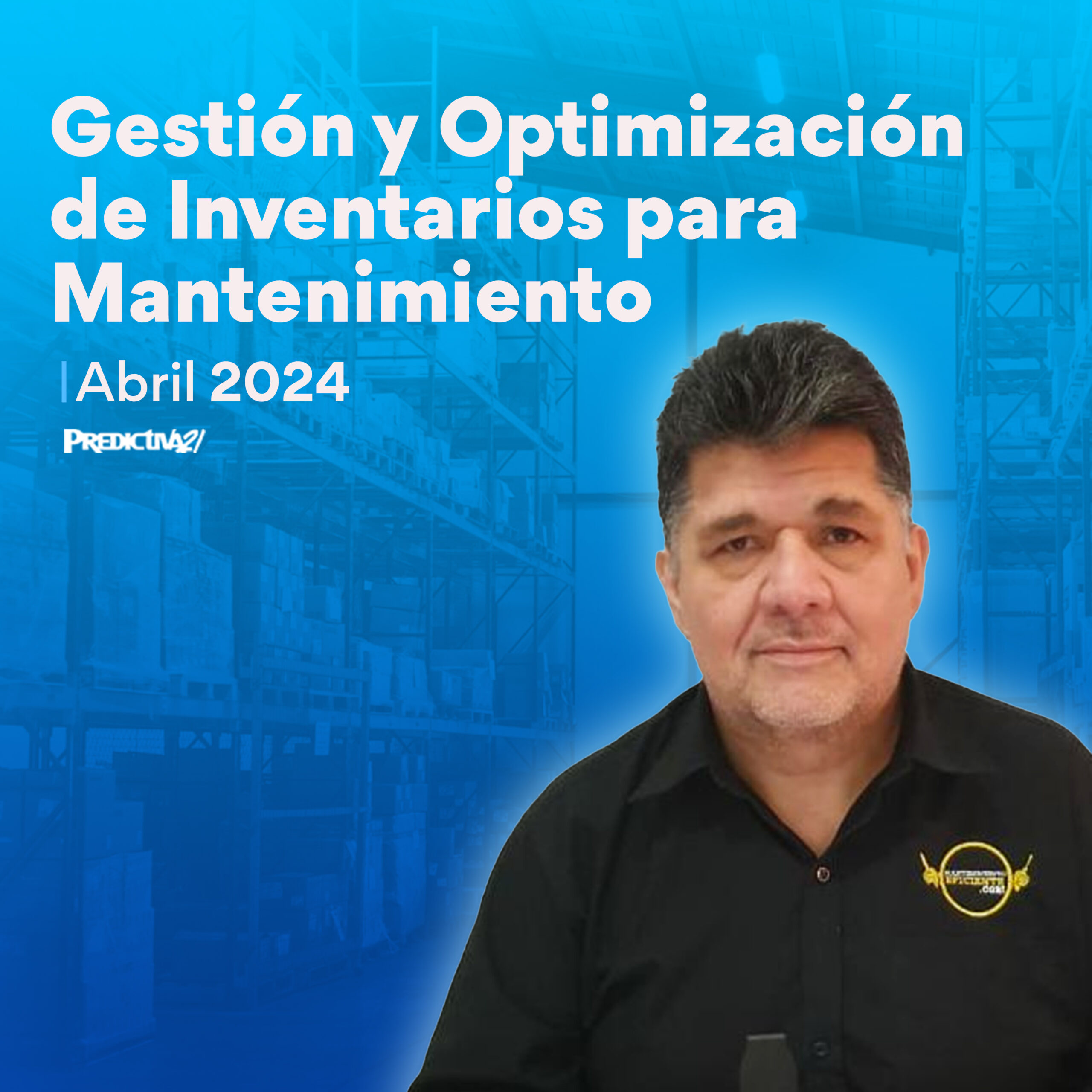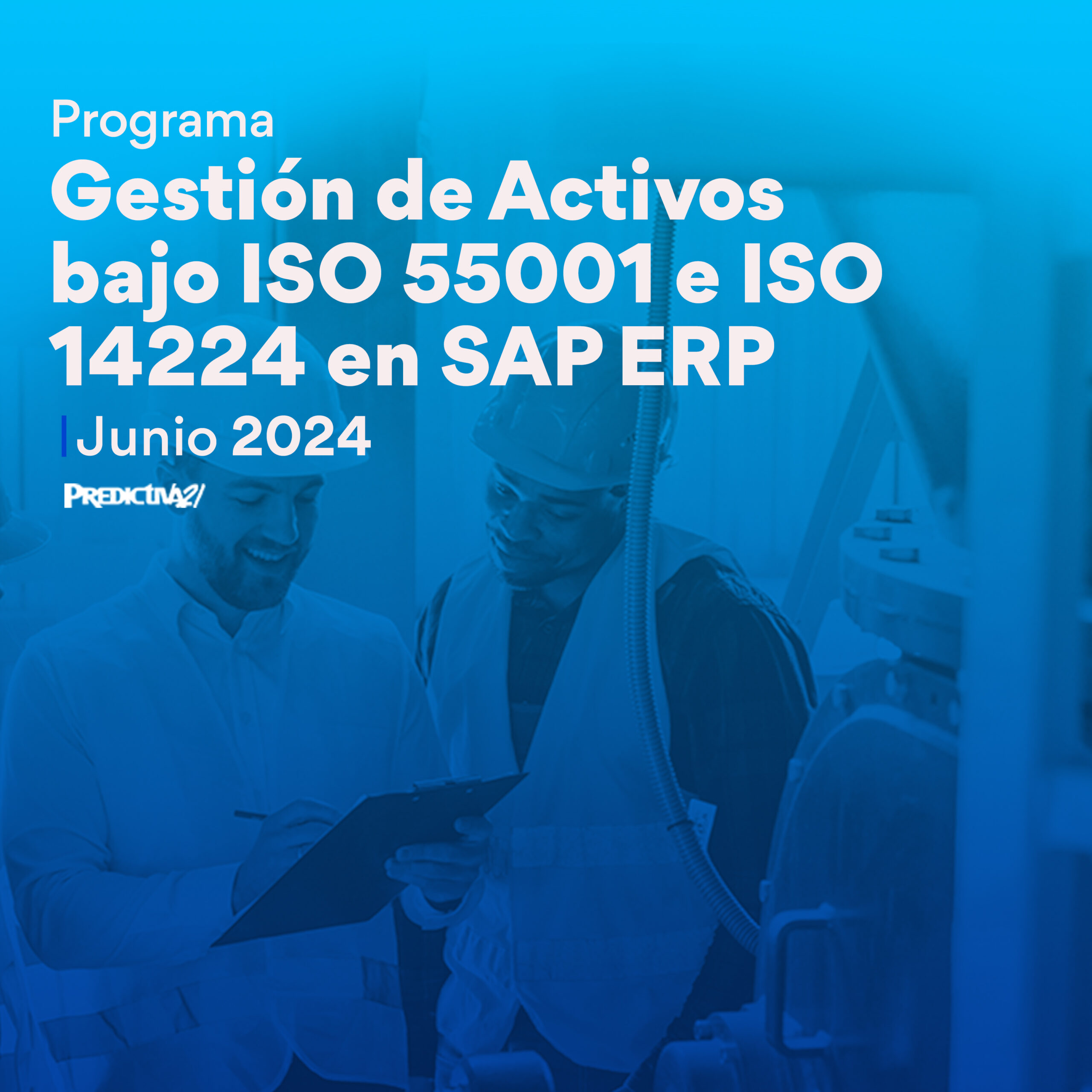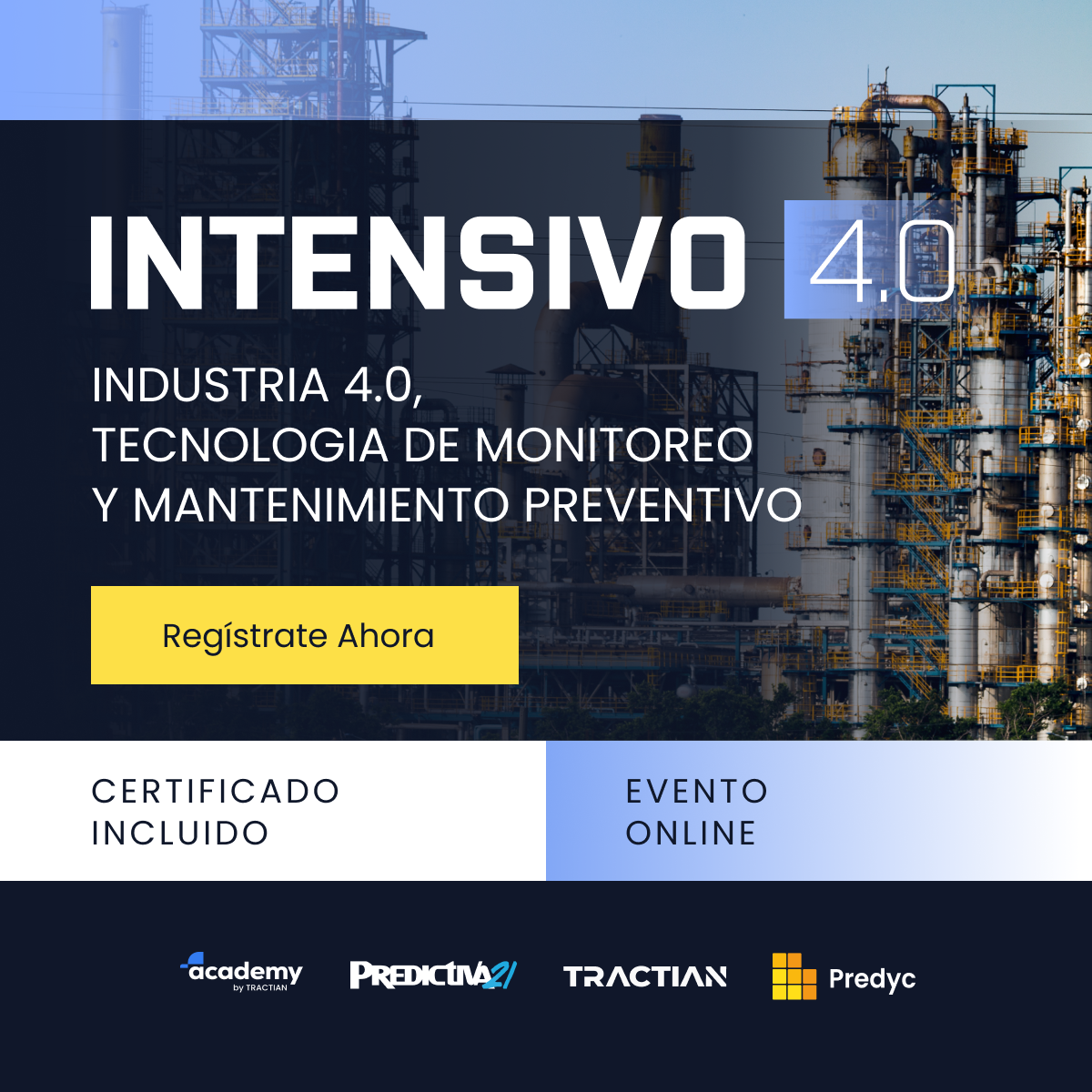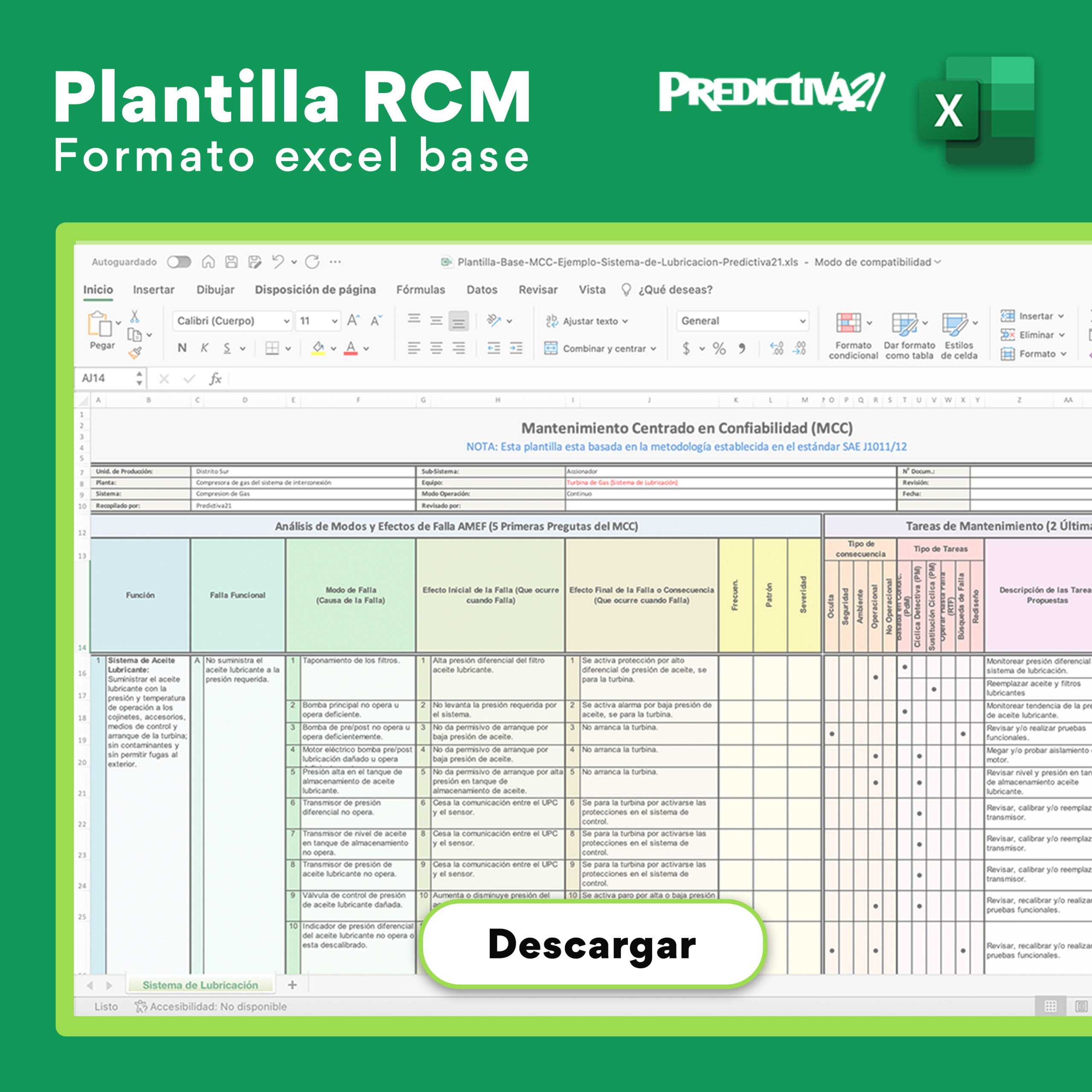Thanks to the fast-pace of innovation, today’s EPC firms, as well as project owners and operators, enjoy access to design, modeling, and data visualization solutions that were unimaginable decades ago, when many existing oil and gas operations were brought online. And while the convenience and sheer problem-solving ability of these technologies are not lost on the people that wield them, it’s also important to recognize how relevant they can be in today’s economic environment.
As in downturns past, priorities and resources are being reshuffled with a greater emphasis on value. In these situations, it is not uncommon for resources that were once allocated to new projects to be applied to existing, older infrastructures that can, with relatively little investment and risk, produce greater efficiencies and returns – often in the form of upgrades, revamps and the incorporation of new technologies.
There is, however, a technological gap when it comes to existing facilities, especially if they came online prior to or in the earlier stages of computer aided design (CAD). There is the possibility that considerable changes could have occurred since the facility started operations, and the available as-built plans may no longer represent the actual installation. Also, digital construction plans may not be available, or original physical blueprints could have suffered deterioration or been lost. This problem is compounded and the risks increase exponentially whenever operational data, maintenance records and non-destructive testing results are kept in silos by individuals or in separated areas within the plant.
This is where one group of technologies in particular – Laser Scanning, 3D Modeling and Updated Data Visualization – can really help justify a project’s dollars and cents. Compared with the traditional system of generating as-built data conditions, field drafting and physical measurements, this automated technology can meet the same requirements at a fraction of the cost and time, all while eliminating human error. The traditional modeling process is replaced with an automated laser scan that can create a 3D model of the plant environment in a matter of minutes.
The benefits are countless with a platform where you can access the physical asset in a 3D environment, while the engineering data linked to each component is displayed, in addition to the current operating condition of the particular component being analyzed. Consider the possibilities, for instance, if you can visualize the results of a Risk Based Inspection displayed over the 3D model, or the plant components that must be updated or replaced within the next 6 months of operation before a risk event takes place. The time saved, productivity gained, and downtime minimization are just the tip of the iceberg in terms of benefits.
Today, computer software makes it possible to design and model all the systems that are part of a process plant in three dimensions, while linking operational data – essentially, a fourth dimension of modeling. The 4D Modeling and Visualization Concept is applicable throughout the entire life cycle of a plant; whether you are designing a new plant, or dealing with an old existing plant, the concept is equally applicable. 4D visualization concepts can be implemented along the different stages of the project such as during the design phase, construction, operation or even during decommissioning. To gain a competitive advantage, plant owners and operators must adopt the new trend of online monitoring of plant components, including real-time transmission of 3D model updates for online access by plant personnel and other key stakeholders.
4D Technology benefits throughout the project life cycle
Engineering Stage
Currently, most engineering firms use CAD design tools to produce 3D models where engineering attributes are natively embedded. This, however, has a considerable limitation: the design process typically involves a considerable number of third parties such as technology providers, equipment suppliers, materials suppliers, manufacturers, inspectors, etc., all of which generate a wealth of information in the form of technical data, catalogs, vendor drawings, operational data sheets and other related information. All of this data is highly valuable and is required during the construction, start-up and commissioning process. However, it remains isolated from the 3D model components and, in many instances, is lost at the end of the EPC process. 4D visualization solutions solve these issues by integrating key data into the model itself, reducing costs and risks while improving efficiency.
Construction Stage
The human mind works considerably faster and generates a wider range of innovative solutions to problems when working on a 3D environment. Planning civil construction, mechanical assembly or piping installation over a 3D model, while linking each activity to a construction schedule, provides much greater insight with respect to project management than the traditional approach. The implementation of building information modeling and 4D visualization allows standardization of many other project management activities, including progress measurement, quantification of executed work, change orders management, fabrication control, claims prevention, testing and quality assurance. This reduces the probability of error, mitigates project litigation and improves the overall efficiency of construction.
Constantly updating the design model and implementing the process to gradually convert it into the as-built model generates extraordinary benefits during the start-up, testing and plant commissioning process.
Operation & Maintenance
When all the participants of the O&M process have access to the latest information, including non-destructive testing results, corrosion conditions, new operational data, components performance, risk conditions, remaining life of a component, and many other typical outputs over a single and unique 3D environment, the potential for error is completely mitigated and loss prevention is enhanced dramatically.
Within the near future, real-time transmission of online monitoring data via RFID, WiFi, SCADA or direct communications will be an industry standard. The reduction of human error and the prevention of mechanical failure will generate savings of billions of dollars in operational costs, without considering the benefits associated to increased output and efficiency.
Laser Scanning Techniques, Cloud Point Data generation, and 3D Models with engineering and O&M data linked in real time are the future of the Energy Sector. These technologies will reshape the way in which engineers, designers, plant owners and operators will be working in the near future. The skills and expertise of engineering firms must be enhanced to address such potential and create added value for their clients.
Author: Jairo Fernández
President of Eddox – a Vepica Partner




0 comentarios